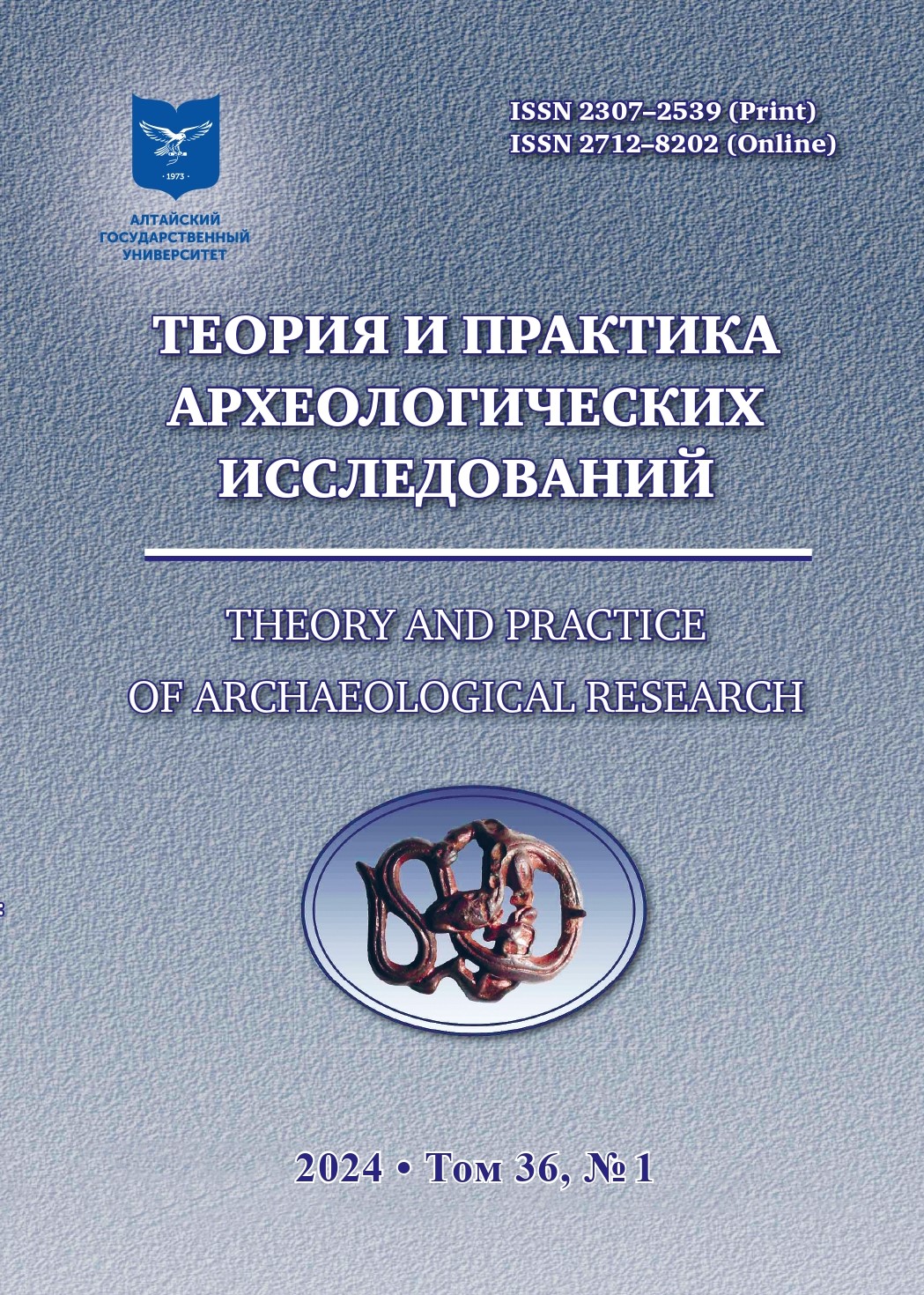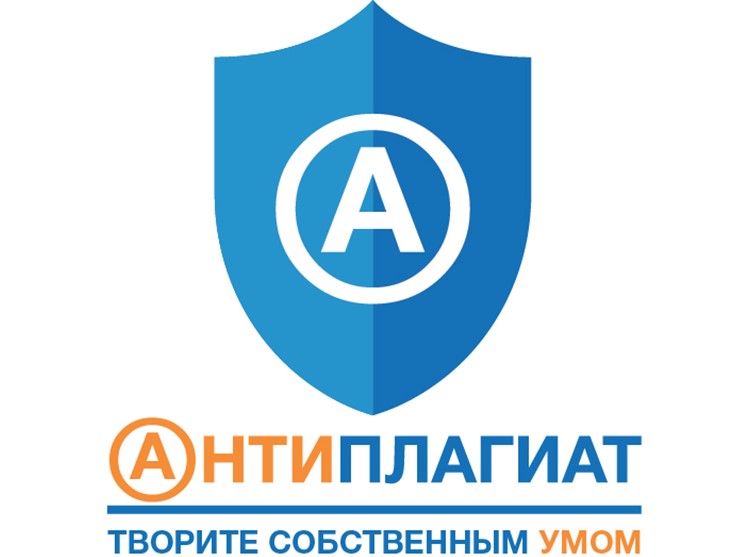TRANSFORMATION OF FORTIFICATIONS FROM ANCIENT HILLFORTS TO THE FIRST RUSSIAN TOWNS OF THE TRANS-URALS: THE SEARCH FOR THE ORIGIN OF URBANIZATION
Abstract
In this article, a hypothesis of the origin and development of hillforts, proto-towns and urban structures in the Trans-Urals is proposed from the perspective of the search for the origins of urbanization. Archaeological materials of the forest-steppe zone of the Trans-Urals allow us to trace the transformation of fortifications from the origin of hillforts at the end of the 2nd millennium BC, to the appearance of the first Russian military, political, administrative, trade, craft and cultural centers of the Siberian region. The following factors influenced the origin and development of hillforts, prototowns and towns: climatic and related to it migration factor, which created social tension in the society; social-economic, which stimulated the stratification of the society, trade, exchange, craft, and potestary, which prompted the formation of administrative and managerial centres in towns. Proto-towns and the first cities in ancient and medieval societies were the centers of the emergence and transmission of cultural innovations and determined the development of the region as a whole.
Downloads
Metrics
References
Adamov A.A., Balynov Ig.V., Danilov P.G. The City of Tobolsk: An Archaeological Essay. Tobolsk : B.i., 2008. 114 p. (In Russ.)
Anoshko O.M. Barkhatovo Culture of the Late Bronze Age Trans-Urals: abstract dic. … candidate of Historical Sciences. Tyumen, 2006. 28 p. (In Russ.)
Anoshko O.M. Theoretical, Methodological Foundations of the Study of the Process of Urbanization of Siberia. In: AB ORIGINE: Archaeological and Ethnographic Collection of Tyumen State University. Tyumen : Izdatel’stvo Tyumenskogo gosudarstvennogo universiteta, 2012. Pp. 4–12. (In Russ.)
Anoshko O.M., Agapеtova T.A. New Data on the Pakhom Culture in Tobolo-Isetye. In: Andronovsky World. Tyumen: Izdatel’stvo Tyumenskogo gosudarstvennogo universiteta, 2010. Pp. 118–137. (In Russ.)
Anoshko O.M., Ignatov S.V. Numismatic and Sphragistic Materials of the Tobolsk Bazaar Excavation. Vestnik arheologii, antropologii i etnografii= Journal of Archaeology, Anthropology and Ethnography. 2014;4:80–89. (In Russ.) http://www.ipdn.ru/_private/a27/77-86.pdf
Balynov Ig.V., Danilov P.G. Archaeologists Discover the Secrets of St. Sophia Cathedral. Naslediye Tyumenskoj oblasti = The Legacy of the Tyumen Region. 2013;1(3):50–54. (In Russ.)
Belyaev L.A. Report on the Archaeological Research of the Earthworks of Tobolsk in the Summer of 1986. In: Archive of IA RAS. R-1. No. 111504. (In Russ.)
Berlina S.V. Residential and Defensive Architecture of the Population of the West Siberi-an Forest-steppe in the Early Iron Age (based on the materials of the Sargat culture): abstract dic. ... candidate of Historical Sciences. Tyumen, 2010. 18 p. (In Russ.)
Copyright (c) 2024 S.I. Tsembalyuk, О.М. Аношко , S.V. Berlina

This work is licensed under a Creative Commons Attribution 4.0 International License.
Theory and Practice of Archaeological Research is a golden publisher, as we allow self-archiving, but most importantly we are fully transparent about your rights.
Authors may present and discuss their findings ahead of publication: at biological or scientific conferences, on preprint servers, in public databases, and in blogs, wikis, tweets, and other informal communication channels.
Theory and Practice of Archaeological Research allows authors to deposit manuscripts (currently under review or those for intended submission to ABS) in non-commercial, pre-print servers such as ArXiv.
Authors who publish with this journal agree to the following terms:
- Authors retain copyright and grant the journal right of first publication with the work simultaneously licensed under a Creative Commons Attribution License (CC BY 4.0) that allows others to share the work with an acknowledgement of the work's authorship and initial publication in this journal.
- Authors are able to enter into separate, additional contractual arrangements for the non-exclusive distribution of the journal's published version of the work (e.g., post it to an institutional repository or publish it in a book), with an acknowledgement of its initial publication in this journal.
- Authors are permitted and encouraged to post their work online (e.g., in institutional repositories or on their website) prior to and during the submission process, as it can lead to productive exchanges, as well as earlier and greater citation of published work (See The Effect of Open Access).








2.jpg)




